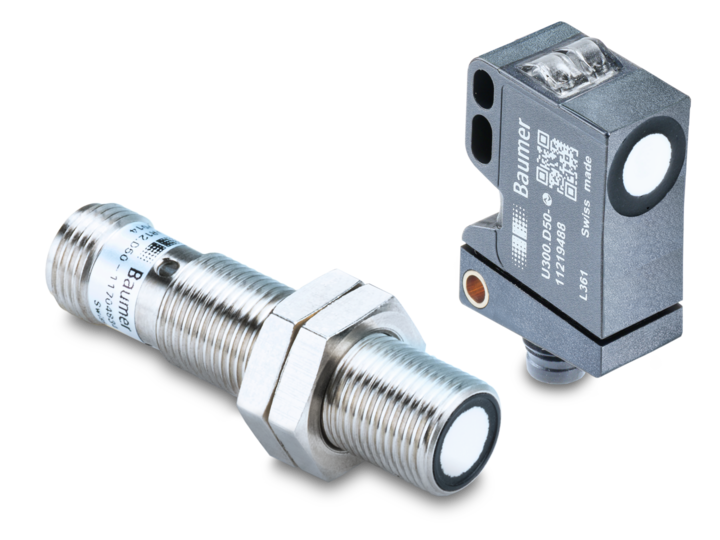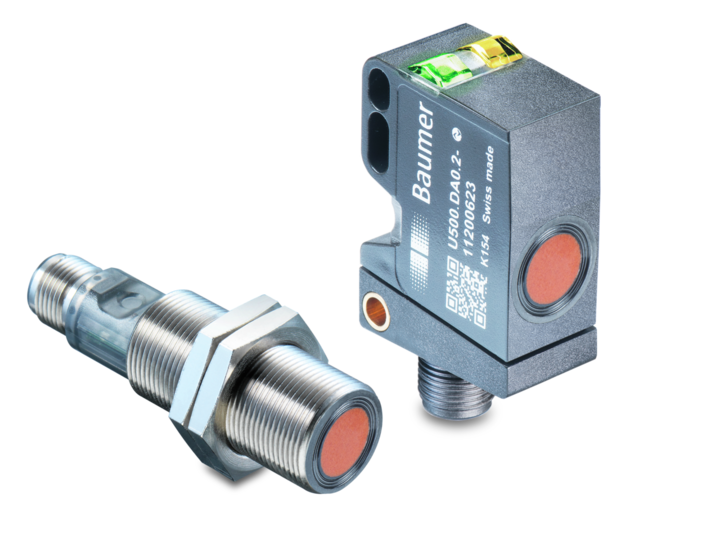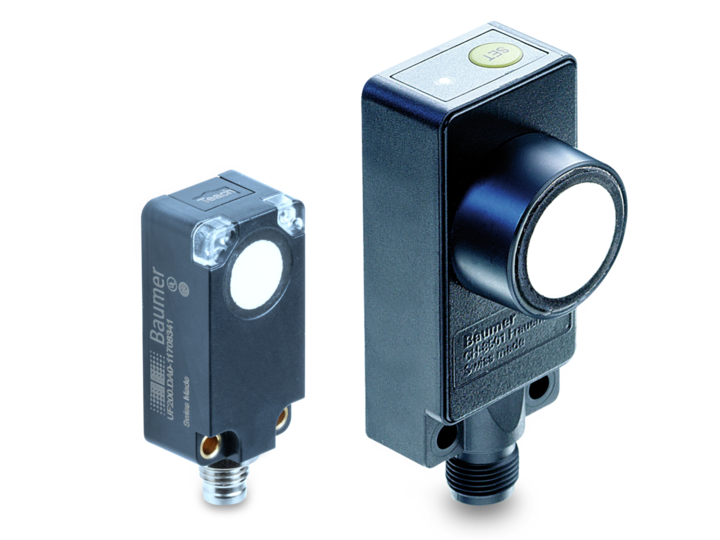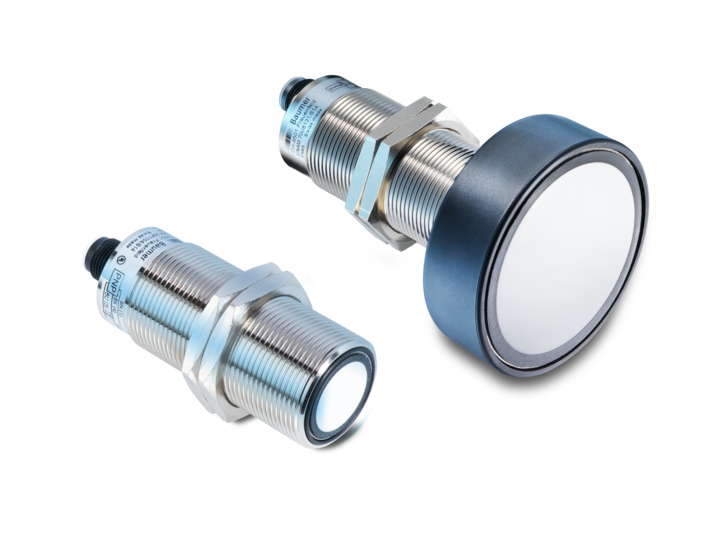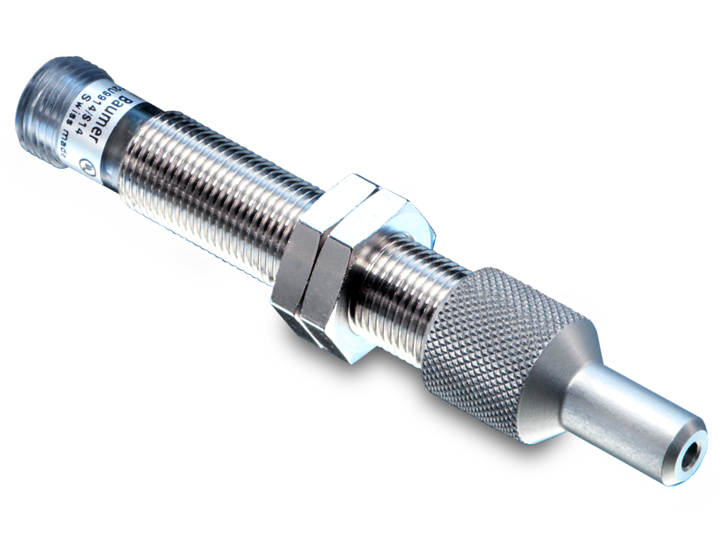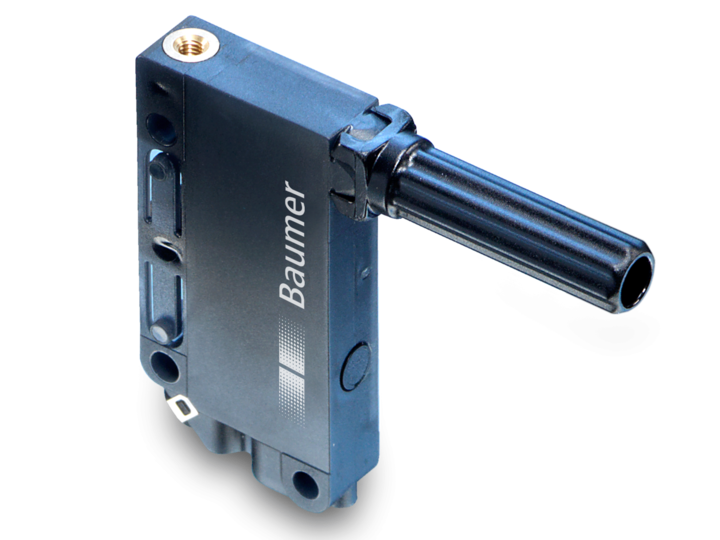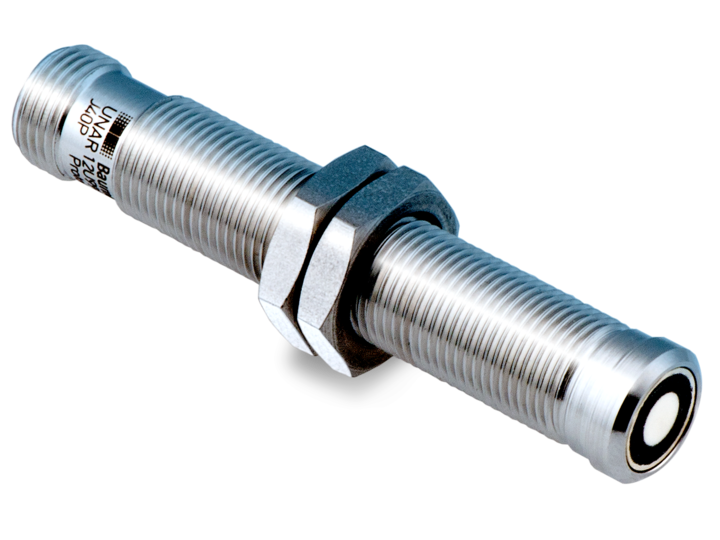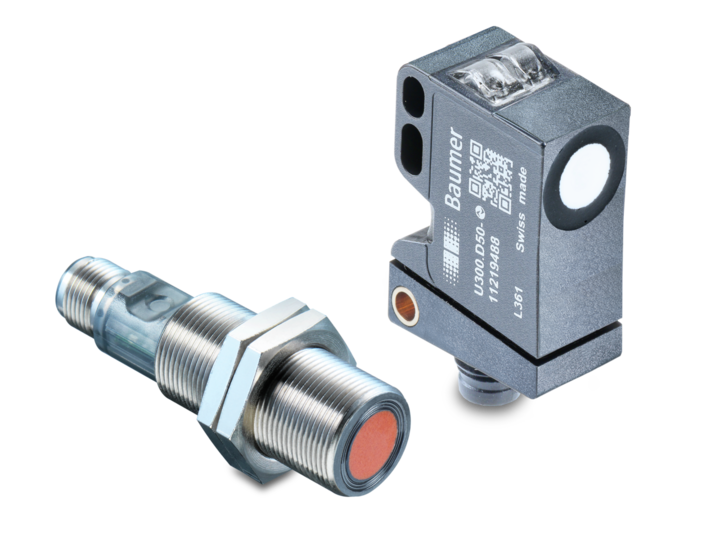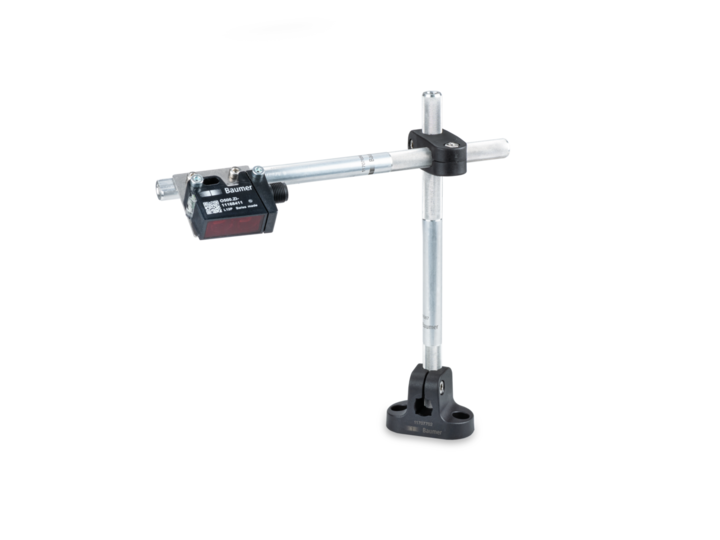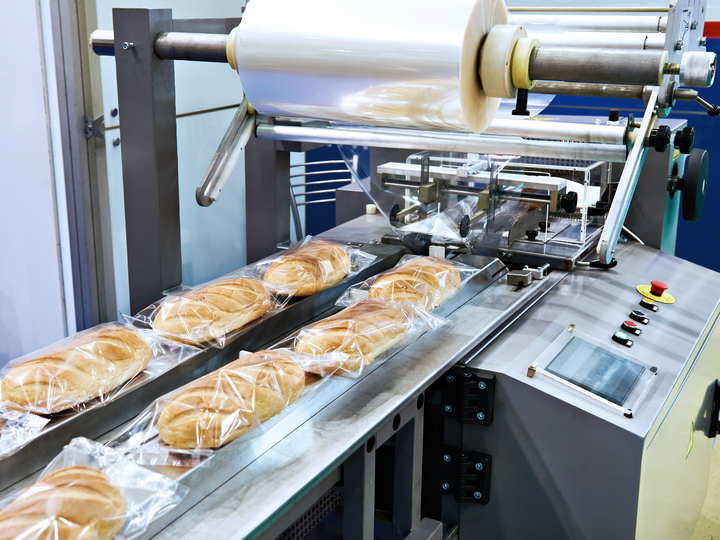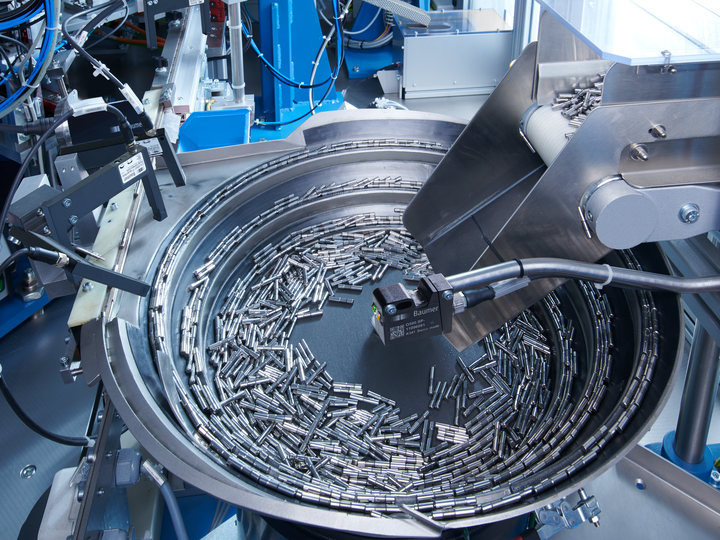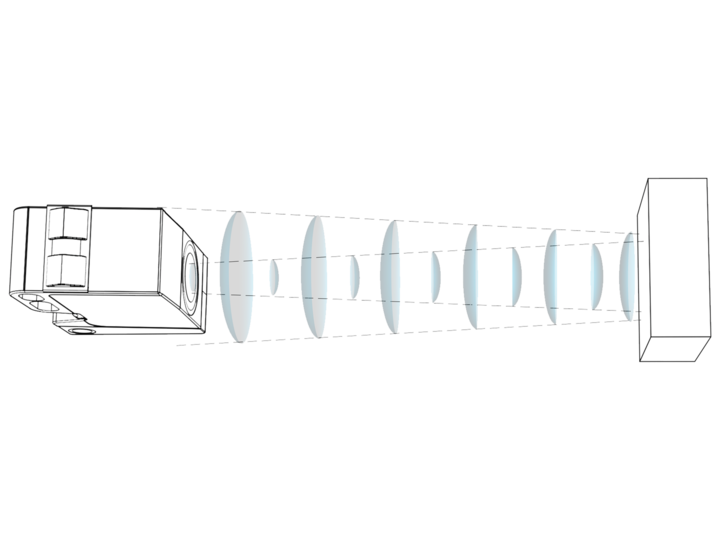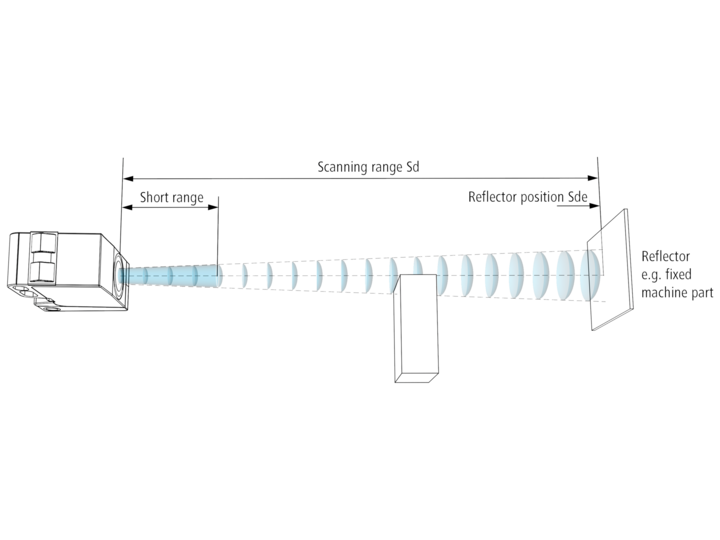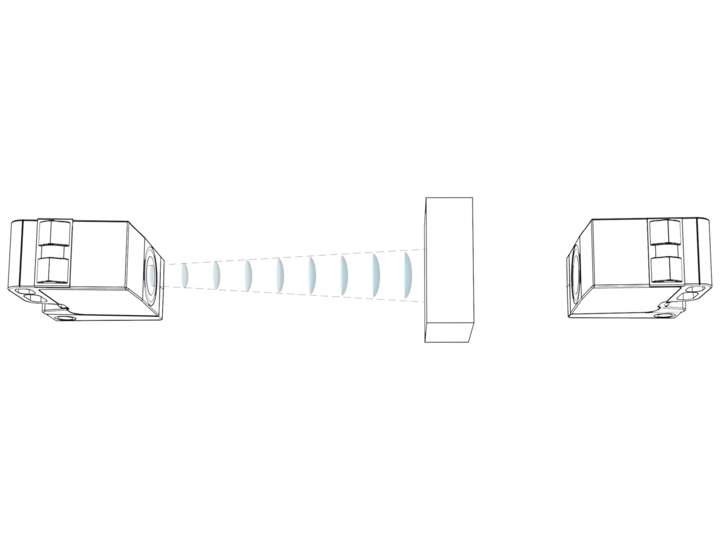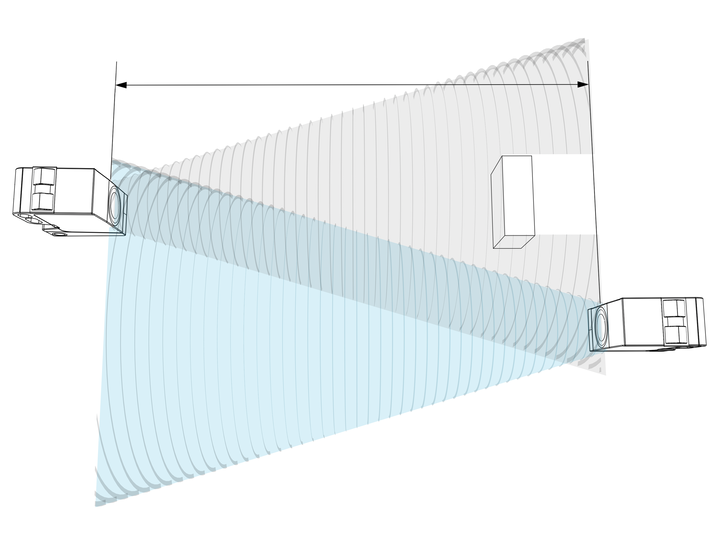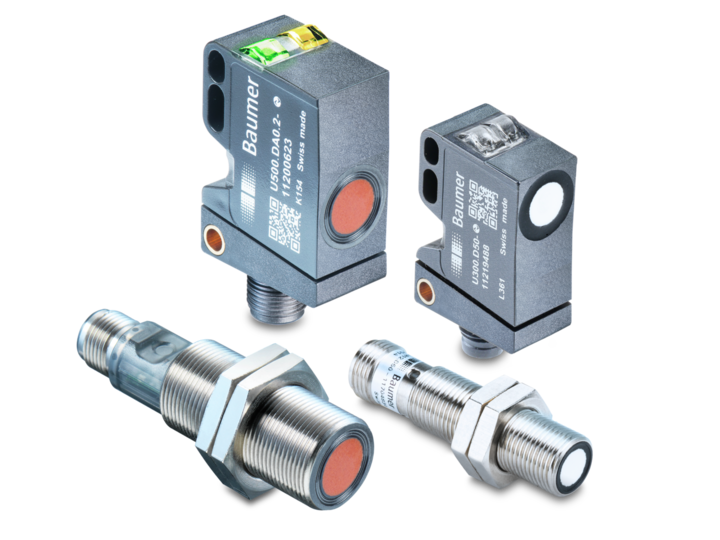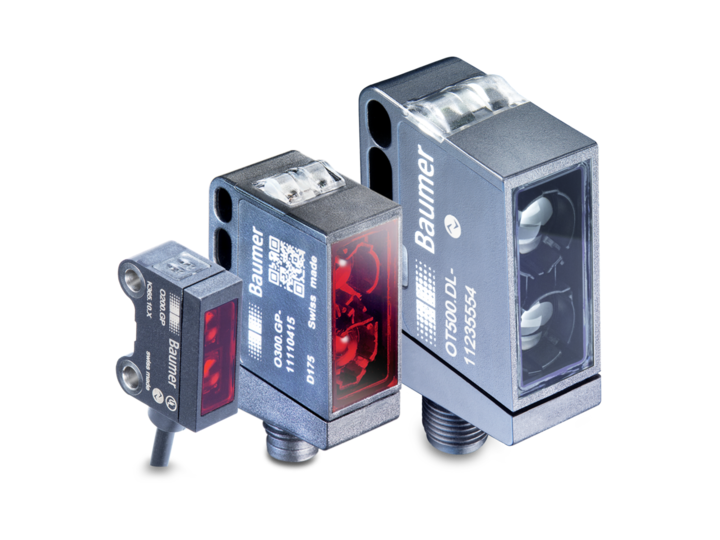Product portfolio
Ultrasonic sensors for front mount
Large sensing distances
High-speed sensors
Sensors with sonic nozzles
Universal element for attachment to system profiles
Sectors and application areas
Packaging industry
Electronics industry
Feeding technology
Video
Reliably high-performance ultrasonic sensors with integrated setting and filter options
The new generation of the ultrasonic sensors U300, U500 and UR18 impresses with reliable integrated setting and filter options via the IO-Link interface in every situation. The choice of the preset sonic cone width (narrow, medium, wide) allows individual adjustment to the format. This means that different application options can be reliably handled by a single sensor, reducing variant diversity. Watch the video to find out more about the setting and filter options and how you can benefit from them. What is more, the unique combination of the shortest blind region on the market and extensive range offers new opportunities for machine construction and simplifies the design process.
Technology
Ultrasonic sensors are based on the measured propagation time of the ultrasonic signal. They emit high-frequency sound waves which reflect on an object. The objects to be detected may be solid, liquid, granular or in powder form. Ultrasonic sensors reliably detect transparent and other demanding objects where optical technologies fail.
Downloads
Brochures / Catalogs
-
Brochure – Miniature ultrasonic sensors U300
-
Brochure – Ultrasonic sensors U500 and UR18
Technical and Application Reports / White Paper
-
Application Report – Ultrasonic sensors resistant to aggressive media

